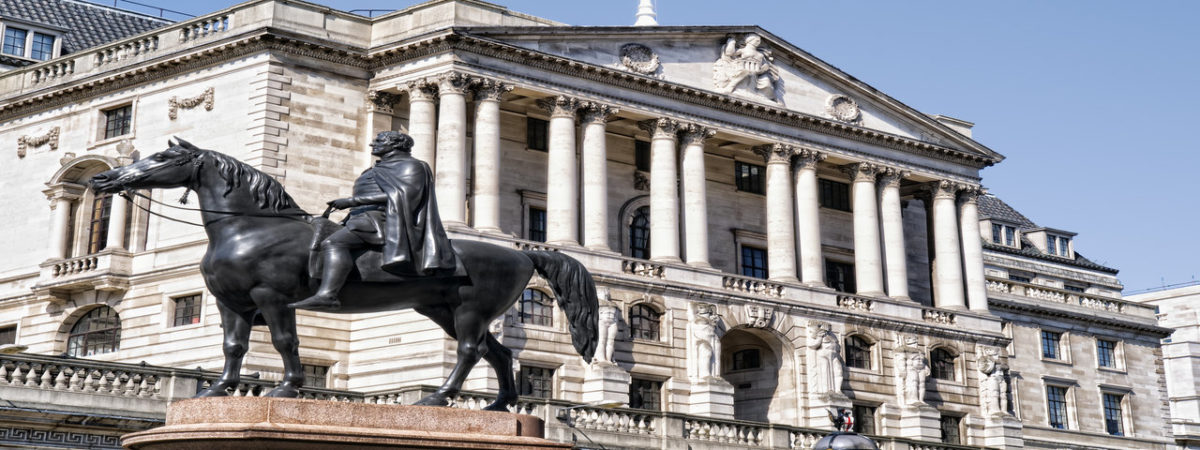Converting commuter railways to busways could save passengers 40% in fares
SUGGESTED

The SMPC votes to hold bank rates in February

Spending restraint and not excessive taxation is required to tackle the deficit

A new report outlining an alternative to expanding the rail network
In a new report, Paving over the tracks: a better use of Britain’s railways?, Paul Withrington and Richard Wellings outline how commuters could pay over 40% less for their journeys and more passengers could enjoy the luxury of a seat if the industry was sufficiently liberalised to allow some commuter railways in London to be converted into busways.
The success of the Bus Rapid Transit schemes in Latin America and Asia illustrates that viable high-capacity transport alternatives exist and at a fraction of the cost of railways, subways or trams.
Current government spending on the rail network costs the taxpayer £6 billion a year and benefits rail companies at the expense of passengers, who often receive poor value for money. Heavy subsidies, rigid state control and powerful interest groups have distorted the industry, resulting in alternative modes of transport being ignored despite their often huge potential for improved capacity and cost reduction.
The transport sector currently lags behind other industries, which have been improved through the exploitation of more efficient technologies. If politicians are serious about increasing capacity on commuter routes and reducing fares, they should embrace innovative and low cost alternatives, with the aim of relinquishing control over the sector altogether. Moving towards a more flexible, market-led approach would also enable the phasing out of government support, making the taxpayer vastly better off.
Converting railways to busways is a viable alternative:
- Capacity – During the morning peak hour, London’s commuter railways transport around 10,000 passengers for every incoming track into central London, many of whom have to stand during their journey. 150 express coaches, each seating 75 individuals would be able to carry the same number of commuters while occupying one seventh of the capacity of a one-lane busway, of a similar width to that required by a train.
- Journey time – Travel times would be the same, if not shorter through the creation of a busway system. For shorter journeys especially, express coaches would deliver travel speeds similar to that of trains as well as operating more frequently. Door-to-door time savings offered by busways would reduce journey times further, as direct services could operate from suburbs and villages not on the rail network.
- Cost – Converting commuter railways into busways would bring about cheaper fares for passengers, as operating and infrastructure costs would be much lower. Although the initial cost of conversion would be substantial, adding new rail capacity and continuing rail subsidies would be far more expensive.
Transport spending has been misallocated on a grand scale:
- The support received by the rail industry is disproportional to its importance to travellers. Individuals in the UK are far more likely to travel by car than train, with 90% of passengers and 70% of freight traffic carried by roads. Despite this disparity, state funding of railways is just 30% lower than that spent on roads.
- Approximately 40% of spending on the heavy rail network is government funded. This generous subsidisation of the rail industry has fuelled special interest groups and hampered efforts to embrace innovative alternatives in public transport. The result has been policy decisions that have reflected political priorities rather than economic logic, causing viable alternatives to rail transport to be disregarded or ignored.
Commenting on the research, co-author and Head of Transport at the Institute of Economic Affairs, Dr Richard Wellings, said:
“Ongoing interference by politicians in the rail industry has led to everyone getting a raw deal. Passengers face increasingly expensive fares only to fight their way onto trains during peak times and taxpayers continue to prop up an industry whose importance to the country is disproportionally small relative to the level of resources it receives. Adopting more efficient methods of transport could offer considerable benefits to passengers and the taxpayer alike. But only when the sector is liberalised from rigid state control, will we see such alternatives being seriously considered.”
Notes to editors:
To arrange an interview about the report please contact Camilla Goodwin, Communications Officer: cgoodwin@iea.org.uk or 07821 971 443.
The full report, Paving over the tracks: a better use of Britain’s railways?, by Paul Withrington and Richard Wellings, can be downloaded here.
The mission of the Institute of Economic Affairs is to improve understanding of the fundamental institutions of a free society by analysing and expounding the role of markets in solving economic and social problems.
The IEA is a registered educational charity and independent of all political parties.



